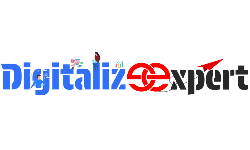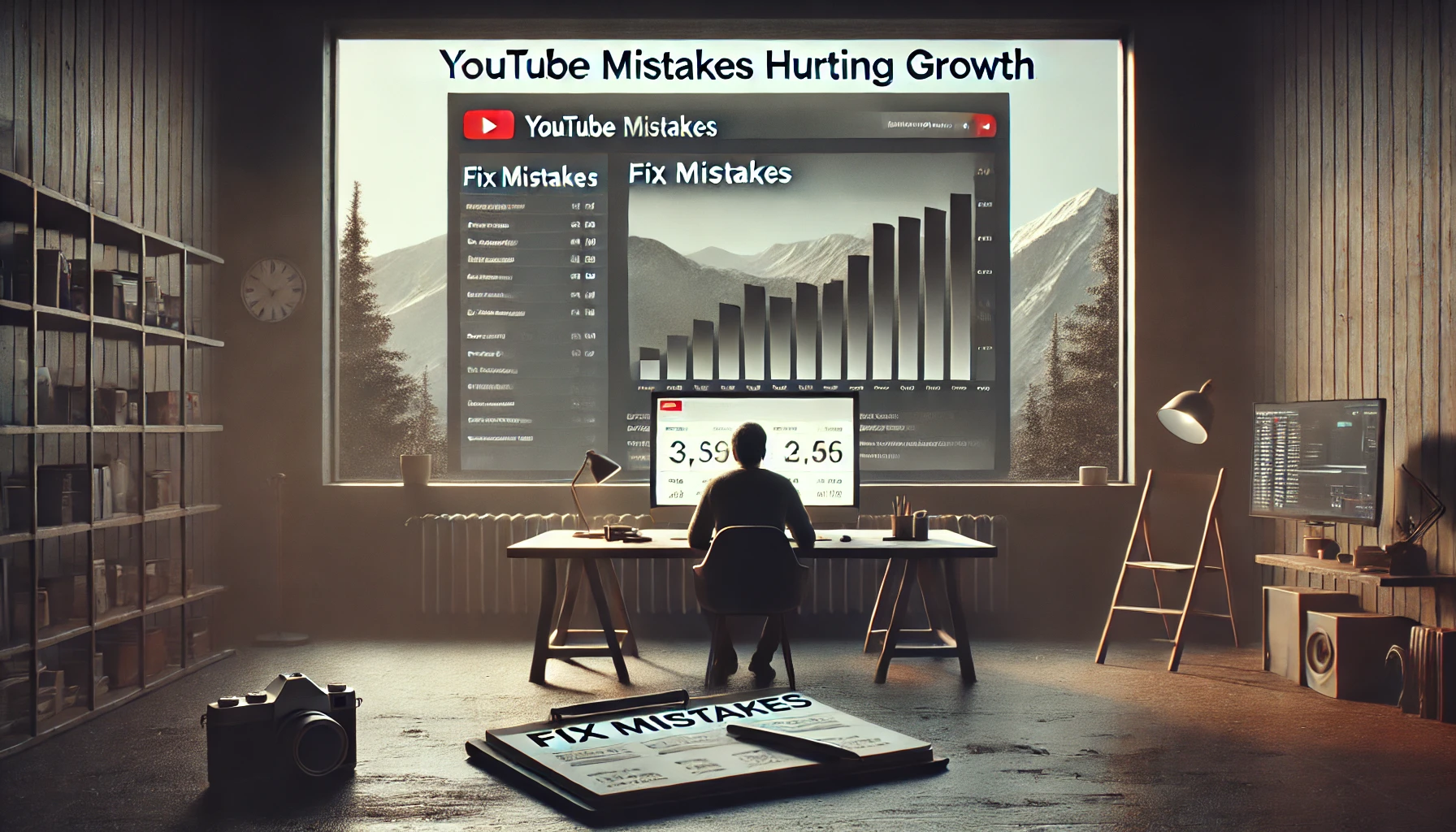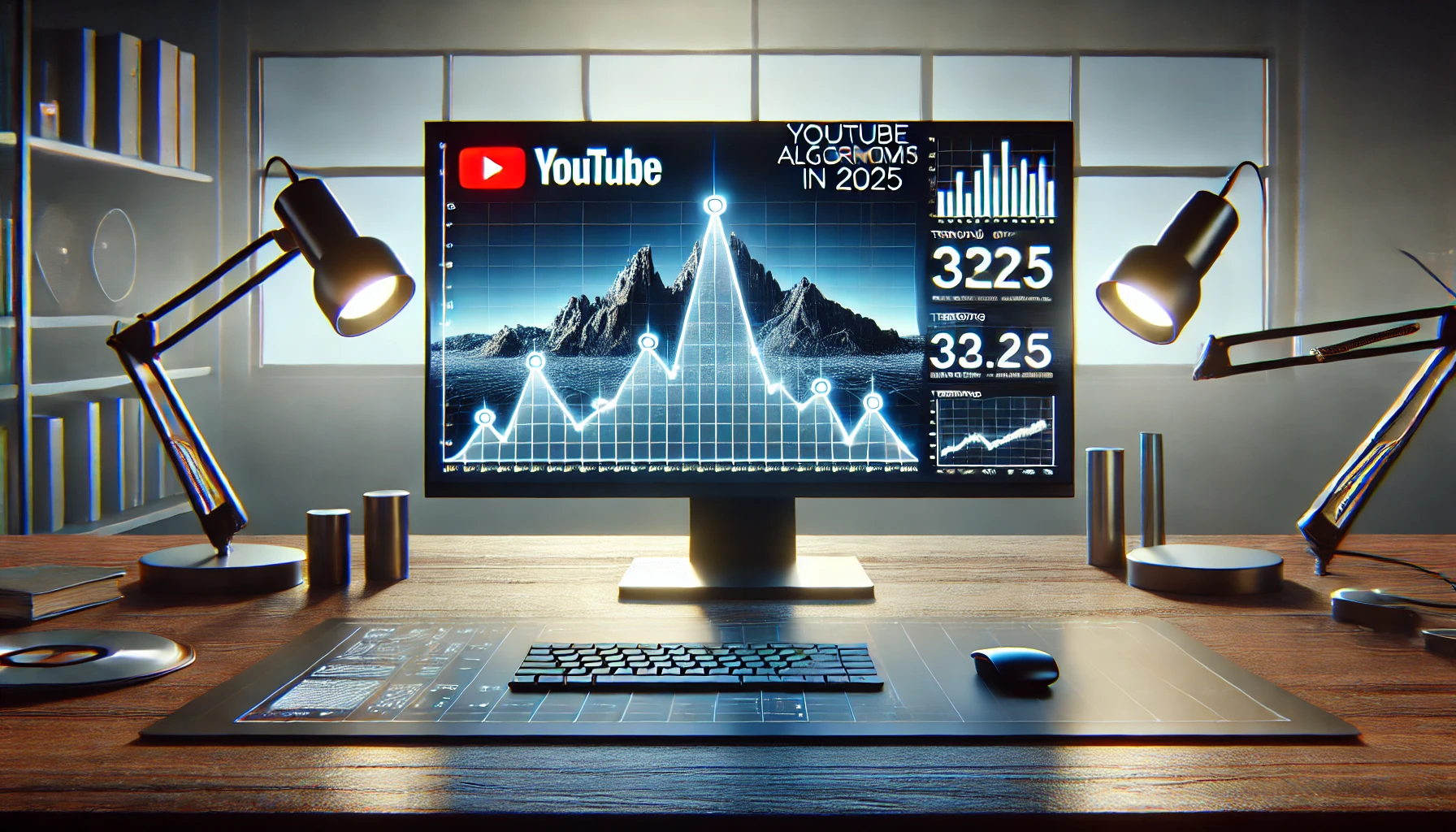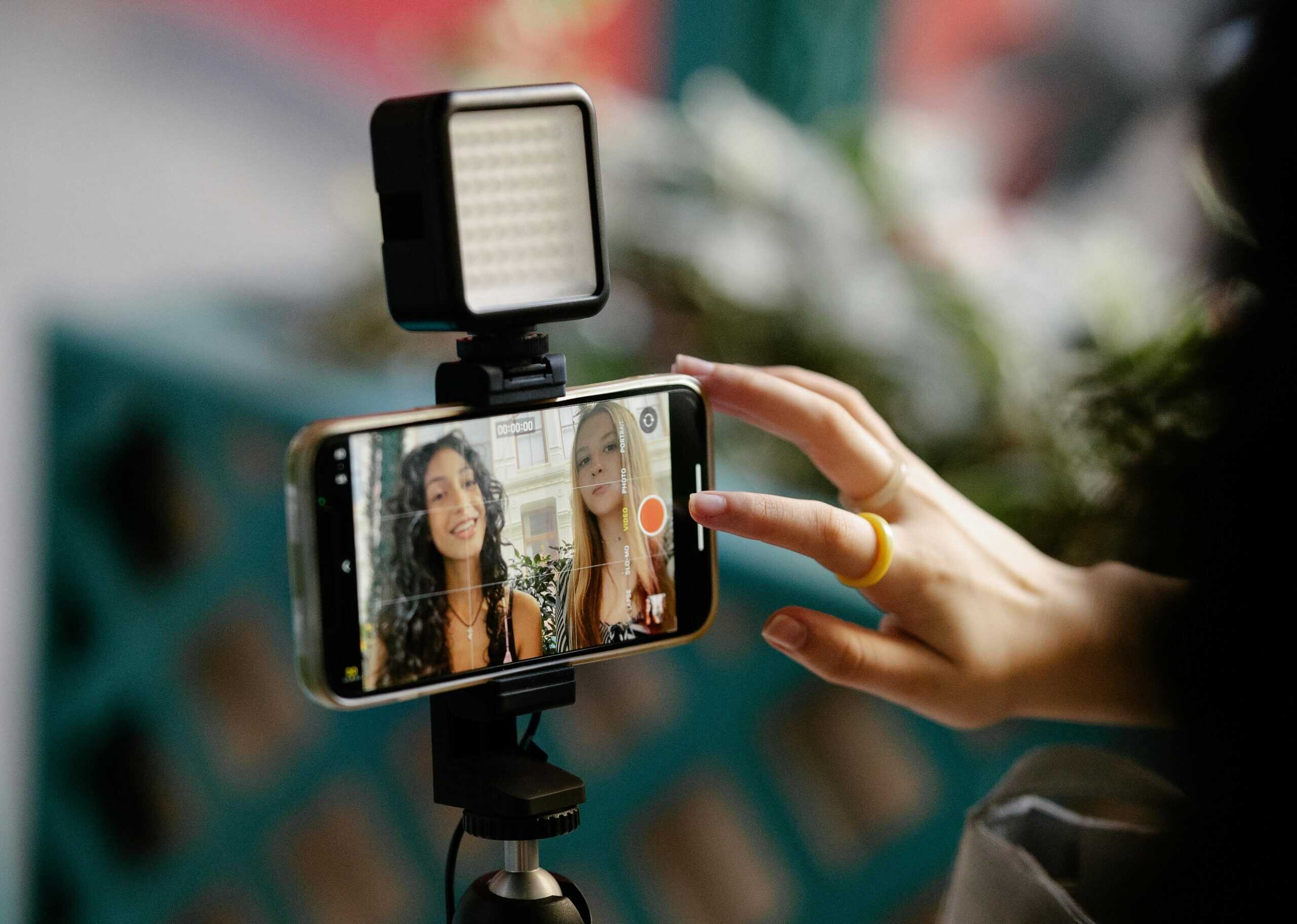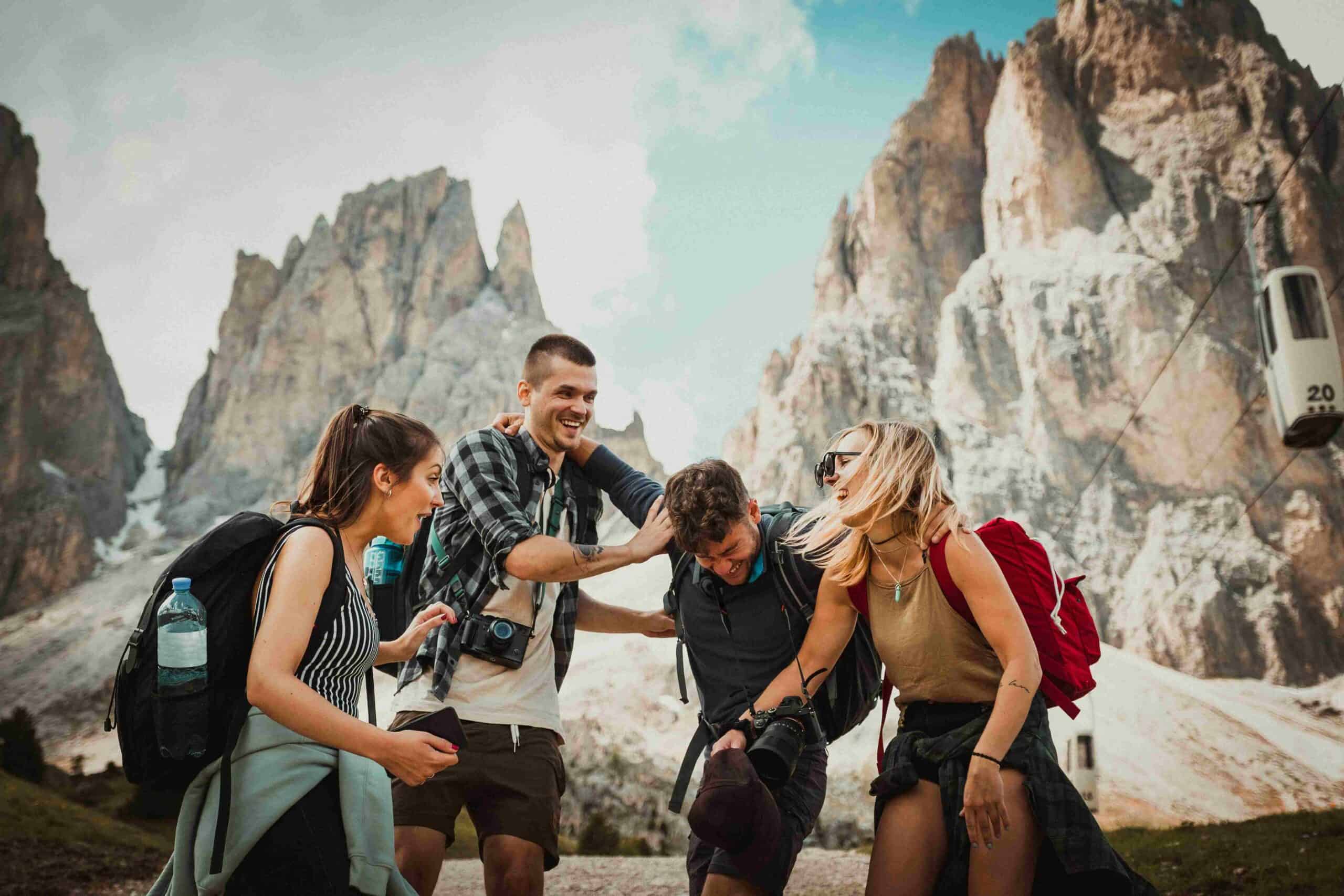Did you know that over 5 million active podcasts exist worldwide,
but 90% don’t survive beyond seven episodes?
Don’t let that discourage you!
I’ve helped dozens of podcasters get their start, and I’m here to guide you through every step of launching your own successful show.
Whether you’re looking to share your passion, build your brand, or connect with a global audience.
This complete guide will show you exactly how to start a podcast – from planning and equipment to publishing and promotion.
Planning Your Podcast Strategy
Let me tell you something I learned the hard way when I started my first podcast back in 2018 – jumping in without a solid strategy is like trying to build a house without a blueprint.
I was so excited to hit that record button that I skipped all the planning, and guess what?
My first podcast ended up being this weird mix of tech reviews, personal stories, and random interviews that confused the heck out of my listeners.
Here’s the thing – before you even think about buying a microphone or designing cover art, you need to nail down exactly who you’re talking to and what value you’re bringing to the table.
I spend at least two weeks with my podcasting students working through their strategy, and it’s always worth it.
Start by asking yourself these three crucial questions: Who is your ideal listener? What unique perspective can you offer? And what specific problem are you solving or value are you adding to their lives?
Trust me, the clearer you are on these points, the easier everything else becomes.
Defining Your Podcast’s Identity
When I mentor new podcasters, the first exercise I have them do is write a value proposition that’s specific enough to attract their target audience but broad enough to give them room to grow.
For instance, instead of saying “a podcast about cooking,” one of my students defined hers as “a weekly show helping busy parents turn weeknight dinner chaos into stress-free family time with 30-minute Mediterranean meals.”
Your unique value proposition becomes your North Star for everything from episode planning to marketing.
I recommend spending a solid afternoon researching your top 5 competitors – not to copy them, but to find gaps in their content that you can fill.
Listen to at least three episodes of each, noting their strengths and weaknesses.
For episode length and scheduling, look at your target audience’s habits.
Are they commuters who might enjoy 45-minute deep dives? Or busy professionals who prefer 20-minute actionable tips? My sweet spot ended up being 35 minutes after testing different lengths with my audience.
Building Your Content Strategy
Here’s a content planning hack that’s worked wonders for me and my students: grab a stack of Post-it notes and spend 30 minutes writing down every single topic idea that comes to mind.
Don’t judge or edit – just write.
Then organize these into themed episodes and series.
I once generated six months of content ideas using this method!
For episode formats, I always suggest starting with solo episodes until you find your rhythm.
My first few interview episodes were pretty rough because I hadn’t developed my own style yet.
Now I mix it up between solo deep-dives, expert interviews, and narrative storytelling episodes, but each serves a specific purpose in my content strategy.
The game-changer for me was creating a content calendar that looked three months ahead.
I use a simple Google Sheet with columns for episode titles, key talking points, guest contact info, and status updates.
This keeps me accountable and helps prevent that dreaded “what do I talk about next?” panic.
Here’s a pro tip I wish I’d known earlier: batch record your episodes whenever possible.
I now record 4-5 episodes in one day when I’m feeling energetic and my voice is fresh.
This has saved my bacon more times than I can count when life gets hectic!
Essential Podcast Equipment and Software
Boy, do I have some stories about podcast equipment! When I first started out, I thought I needed to buy everything top-of-the-line.
Let me save you some serious cash – I ended up returning about $800 worth of gear I didn’t need.
That fancy mixer?
It collected dust for months while I learned the basics on much simpler equipment.
Here’s what I’ve learned after helping dozens of podcasters get started: you absolutely don’t need professional equipment to create a great show.
My friend Sarah started her incredibly successful cooking podcast using just her iPhone earbuds and Audacity (free software).
Was it perfect?
Nope.
But it was good enough to build an audience of 10,000 listeners before she upgraded.
The key is to start with the essentials and upgrade as you grow.
I always tell my students: invest in one good USB microphone first, learn how to use it well, and expand your setup only when your content demands it.
Trust me, your listeners care way more about what you’re saying than whether you’re using a $50 or $500 mic.
Budget-Friendly Starter Equipment
Let’s talk about microphones that won’t break the bank but still sound fantastic.
After testing literally dozens of options with my podcasting students, I’ve found the sweet spot for beginners is around $70-130.
The Blue Yeti USB ($129) has been my go-to recommendation for years – it’s practically fool-proof to set up and sounds great out of the box.
For those on a tighter budget, the Samson Q2U ($69) is an absolute gem.
What I love about this mic is that it works with both USB and XLR connections, so it can grow with you as your setup becomes more professional.
I actually keep one as my travel mic because it’s so reliable.
When it comes to headphones, you don’t need anything fancy to start.
I used a pair of Sony MDR-7506s ($99) for my first two years of podcasting.
They’re industry standard for a reason – durable, reliable, and they give you accurate sound without coloring it.
Just avoid noise-canceling headphones – they can mess with how you hear your own voice while recording.
Advanced Recording Setup
After three years of podcasting and upgrading piece by piece, I’ve finally built my dream setup.
But let me tell you – this came after making every mistake in the book! The biggest game-changer in my audio quality wasn’t even an expensive microphone – it was proper acoustic treatment.
I’ll never forget recording in my empty home office and wondering why I sounded like I was in a cave.
Turns out, hard walls and empty rooms are your audio quality’s worst enemy.
I started with some strategic placement of moving blankets (yes, really!), then gradually upgraded to proper acoustic panels.
The difference was night and day.
For professional microphones, I eventually settled on the Shure SM7B ($399) after trying out five different high-end options.
What sold me wasn’t just the sound quality – it’s incredibly forgiving of imperfect recording spaces and really makes any voice sound rich and broadcast-ready.
But here’s the catch: you’ll also need a good audio interface like the Focusrite Scarlett 2i2 ($169) and a Cloudlifter CL-1 ($169) to make it sing.
This is why I never recommend starting with this setup – it’s way too much complexity when you’re just learning the ropes.
Remember – the best equipment is the equipment you know how to use well.
I’d rather hear a podcast recorded on entry-level gear by someone who knows how to use it than a poorly configured professional setup any day of the week!
Recording and Editing Your Podcast
Can I share something funny? My first podcast episode sounded like I was recording from inside a tin can.
while my neighbor mowed their lawn! I learned pretty quickly that recording great audio isn’t just about having good equipment – it’s about knowing how to use it and setting up your space properly.
The biggest lesson I’ve picked up after recording over 500 episodes? Always do a test recording before every single episode.
I can’t tell you how many times this simple 2-minute check has saved me from disaster.
One time, I recorded an entire interview with a bestselling author only to realize my microphone was picking up my computer’s fan the whole time.
Talk about a rookie mistake!
These days, I have a pre-recording checklist that I swear by.
Check audio levels? You bet.
Phone on silent? Absolutely.
Air conditioning off? Unfortunately yes (even in summer!).
It might seem like overkill, but these little details make the difference between a podcast that sounds professional and one that screams “amateur hour.”
Recording Environment Setup
Let me tell you about my first “recording studio” – it was basically a blanket fort in my spare bedroom! But you know what? It worked surprisingly well.
The blankets absorbed those nasty sound reflections that make your voice sound hollow and echo.
Now I’ve upgraded to proper acoustic panels, but the principle is the same.
Here’s a trick I discovered by accident: clap your hands loudly in your recording space.
If you hear any flutter echo (that rapid ping-pong sound), you’ve got some acoustic work to do.
I helped one student transform her spare room’s sound quality with just $50 worth of moving blankets strategically placed on the walls.
For microphone placement, I learned this golden rule from a radio veteran: position your mic at a 45-degree angle, about 6-8 inches from your mouth.
This sweet spot helps prevent those harsh ‘p’ and ‘b’ sounds (we call them plosives) while capturing your voice clearly.
And please, don’t rest your mic on your desk – every time you bump the table, it’ll sound like an earthquake to your listeners!
Post-Production Essentials
The editing room is where good podcasts become great ones.
When I first started, I’d spend hours trying to make every little pause and breath perfect.
Now I know better – the goal isn’t perfection, it’s clarity and engagement.
A few ums and ahs actually make you sound more human!
My post-production workflow starts with noise reduction (thank you, Audacity’s noise reduction tool!).
Then I do what I call a “rough cut” to remove any major mistakes or long pauses.
Here’s a time-saving tip: use keyboard shortcuts for your editing software.
I probably save an hour per episode just by not reaching for my mouse every few seconds.
For music and sound effects, less is definitely more.
I cringe when I think about my first few episodes where I had transition sounds between every segment – it was like a radio show on caffeine!
Now I use music strategically – a consistent intro and outro, and maybe a subtle transition sound for segment changes.
Pro tip:
Always buy proper licenses for your music.
I learned this lesson after getting a copyright notice for using a “free” song I found online that wasn’t actually free for commercial use!
Remember,
editing is like seasoning a meal – you want to enhance the natural flavor, not overpower it.
Focus on making your content clear and engaging, and don’t get too caught up in making everything perfect.
Your listeners will appreciate authentic content over polished but sterile audio any day!
Hosting and Distribution
Oh boy, picking a podcast host was one of those decisions that kept me up at night when I first started! I actually switched hosting platforms twice in my first year because I didn’t do enough research upfront.
Let me save you from making the same expensive mistakes I did.
Think of your podcast host as your show’s home base – it’s where your audio files live and where your RSS feed (that magical string of code that powers your whole distribution) comes from.
I learned the hard way that cheaper isn’t always better.
My first $5/month host would mysteriously go down during peak listening times, and their customer support was basically non-existent.
Here’s what I wish someone had told me: focus on reliability and growth potential over fancy features.
Sure, that built-in social media scheduler looks cool, but what you really need is rock-solid uptime and good download stats.
After testing most major platforms, I’ve found that spending around $15-20 per month gets you everything you actually need.
Choosing the Right Hosting Platform
Let me get specific about costs and features – I love data! Buzzsprout starts at $12/month for 3 hours of content, Libsyn at $5/month plus $2 per hour of content, and Podbean at $14/month for unlimited audio.
But here’s the thing – don’t just look at the price tag.
My current host costs $19/month, but their analytics have helped me land sponsorship deals worth way more than the difference.
Storage and bandwidth threw me for a loop at first.
I thought 100MB per episode sounded like plenty.
until I started doing longer interview episodes in higher quality.
Now I know to look at the monthly upload limit rather than individual episode sizes.
Most of my episodes end up being around 50MB for a 45-minute show at good quality.
The analytics from your host are pure gold for growing your show.
I check three key metrics weekly: total downloads (obviously), but more importantly, listener drop-off points and geographical distribution.
This data helped me realize my episodes were too long – people were consistently dropping off at the 40-minute mark!
Maximizing Distribution
Getting your show on every platform possible is crucial, but it’s also where I see new podcasters mess up the most.
Here’s my submission checklist that I’ve refined over years of launching shows:
Apple Podcasts comes first – they’re still the big player in the game.
Take extra time with your show description here because other platforms often pull from this listing.
I spent three hours perfecting my Apple Podcasts listing, and it was totally worth it.
Pro tip: use your top three episodes as your Apple Podcasts preview episodes, not just your first three.
For Spotify, make sure your episode titles are descriptive and include relevant keywords – their search algorithm loves this.
And don’t forget about Google Podcasts! Their auto-transcription feature means your spoken keywords actually matter for search visibility.
Here’s a mistake I made: I initially ignored platform-specific features like Spotify’s episode tags and Apple’s season markers.
Big mistake! These small optimizations can make a huge difference in how discoverable your show is.
Now I have a spreadsheet where I track the special features and requirements for each platform – it saves so much time when uploading new episodes.
Remember, distribution isn’t a “set it and forget it” thing.
I check my listings on major platforms monthly to make sure everything’s displaying correctly.
Once, my cover art mysteriously disappeared from Spotify, and I only noticed because of this regular check!
Marketing and Growing Your Audience
Let me tell you about my biggest podcast marketing mistake – I spent six months posting the same generic “New episode out now!” messages on social media and wondered why nobody was engaging.
Face palm moment, right? Growing a podcast audience is so much more than just announcing new episodes.
After working with dozens of podcasters, I’ve discovered that the “if you build it, they will come” approach is about as effective as shouting into the void.
The shows that really take off are the ones that build relationships with their listeners.
One of my most successful students grew her true crime podcast from 0 to 5,000 listeners in three months by creating detailed case notes as blog posts that her audience could reference while listening.
Here’s what actually works: create content that adds value beyond your episodes.
I started sharing behind-the-scenes glimpses of my recording process, bite-sized tips from each episode, and asking my audience questions about future topics.
Suddenly, my social media wasn’t just a promotional tool – it became a way to build a real community.
Building Your Online Presence
Social media changed completely for me when I stopped treating it like a billboard and started using it as a conversation starter.
Instead of just dropping episode links, I now create platform-specific content.
For Instagram, I turn key quotes into visually appealing graphics.
On Twitter, I share quick tips and engage in relevant conversations.
And TikTok? That’s where I share quick tutorials and funny moments from recording sessions.
Your podcast website doesn’t need to be fancy, but it needs to be functional.
I wasted $2,000 on a custom website before realizing that a simple WordPress site with show notes, an email sign-up form, and a contact page was all I really needed.
The game-changer was adding transcripts for each episode – my organic search traffic tripled within two months!
Community engagement isn’t just about responding to comments – it’s about making your listeners feel like they’re part of your show’s journey.
I created a simple Google Form where listeners can submit questions and topic ideas.
Some of my best episodes came from listener suggestions, and those episodes always get shared more because people feel invested in the content.
Monetization Strategies
Can we talk about podcast monetization without the get-rich-quick nonsense? My first sponsorship was for $50 an episode, and I was over the moon! Now I help podcasters negotiate deals worth 20 times that, but it took time and strategic growth to get there.
The key to attracting sponsors isn’t just about download numbers – it’s about demonstrating audience engagement.
I keep a spreadsheet of listener success stories, testimonials, and engagement metrics.
When approaching sponsors, I show them specific examples of how my audience takes action on recommendations.
This approach has landed me sponsorship rates way above the industry standard for my download numbers.
Product creation became my biggest revenue stream, but only after I really understood what my audience needed.
I surveyed my listeners and discovered they wanted in-depth tutorials on topics I briefly covered in episodes.
This led to creating online courses, downloadable guides, and coaching programs that actually solved their problems.
Pro tip: start with a small digital product (like a $27 guide) to test the waters before investing time in bigger products.
Remember, monetization should never come at the expense of your audience’s trust.
I turned down a $5,000 sponsorship deal because the product wasn’t something I would actually use or recommend.
That decision actually led to better opportunities because my audience knew they could trust my recommendations.
Conclusion:
Starting a podcast might seem overwhelming, but by following this comprehensive guide, you’ll be well-equipped to launch your show with confidence.
Remember, the key to podcast success lies in consistency, quality content, and genuine connection with your audience.
Ready to share your voice with the world? Start implementing these steps today, and don’t forget to grab our free podcast launch checklist to keep you on track!
